gute aussichten
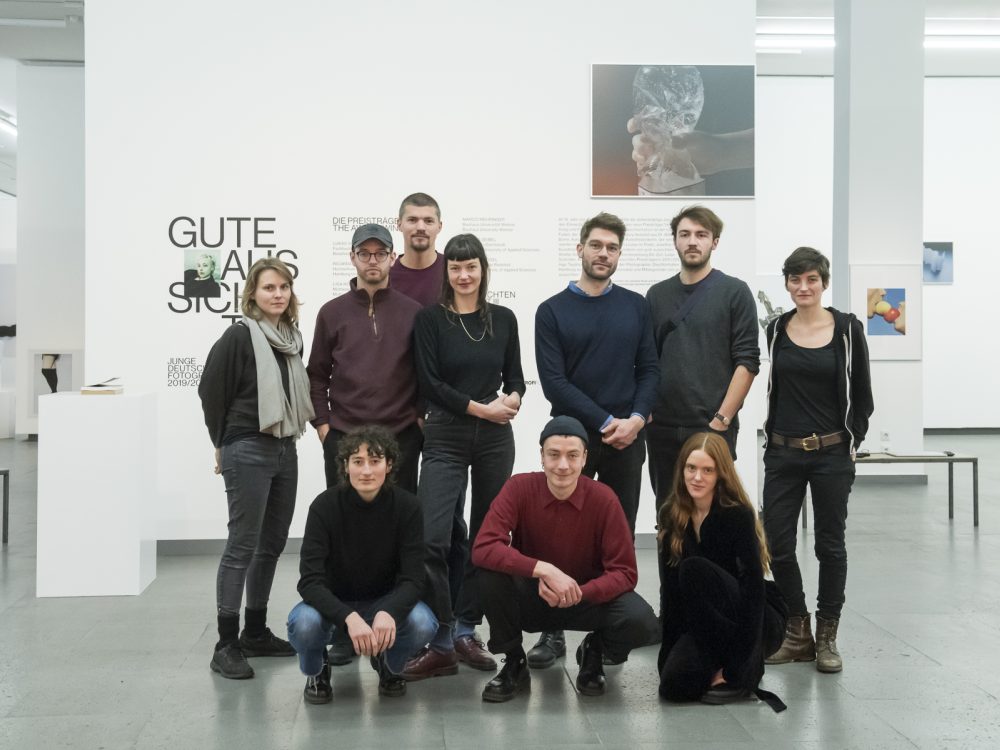
Gute Aussichten 19 20 Nrwforum 161543 2
junge deutsche fotografie 2019/2020
November 22 2019 – February 16 2020
With the exhibition "gute aussichten 2019/2020" we are once again presenting the opening exhibition of the renowned Young Talent Award. In the 16th year of "gute aussichten", the jury selected nine winners from 82 submissions from 36 universities: "Krieg und Frieden in Zeiten globaler Desinformation" is the leitmotif that runs through the 2019/2020 exhibition and links the works of the award winners.
WITH
Lukas van Bentum (Fachhochschule Bielefeld) Ricarda Fallenbacher (Hochschule für Angewandte Wissenschaften Hamburg) Lisa Hoffmann (Muthesius Kunsthochschule Kiel) Juliane Jaschnow (Hochschule für Grafik und Buchkunst Leipzig) Johannes Kuczera (Hochschule für Angewandte Wissenschaften Hamburg) Larissa Rosa Lackner (Hochschule für Grafik und Buchkunst Leipzig) Marco Mehringer (Bauhaus Universität Weimar) Markus Seibel (Hochschule Darmstadt) Victoria Vogel (Fachhochschule Bielefeld)
„gute aussichten GRANT“: Malte Sänger (gute aussichten-Preisträger 2018/2019)
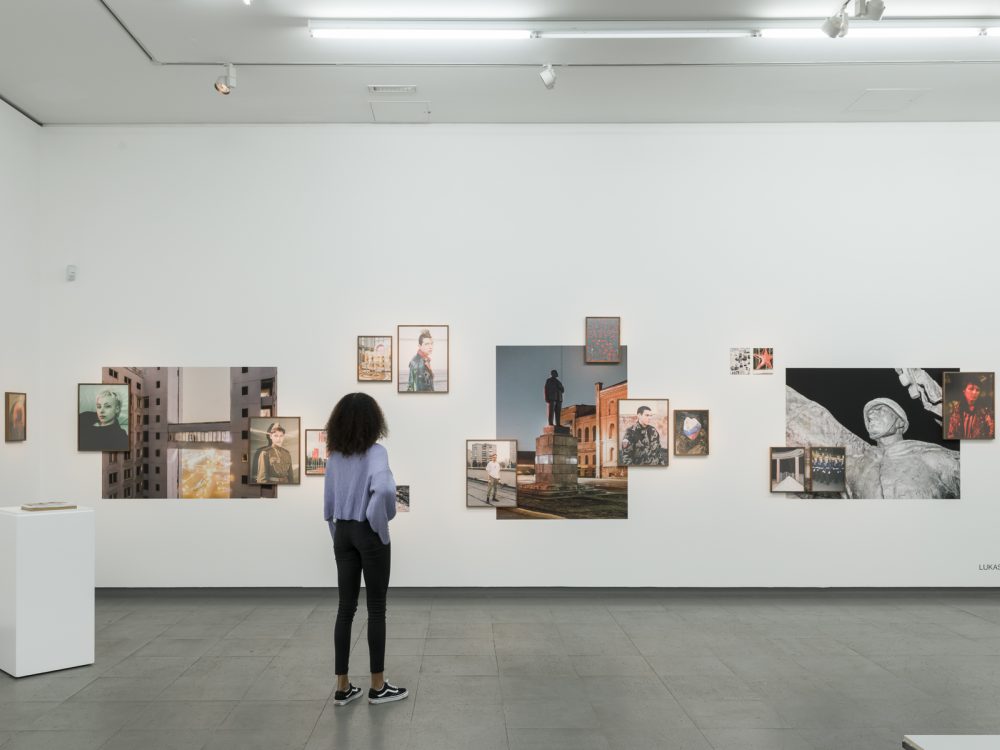
Gute Aussichten 19 20 Nrwforum 141557
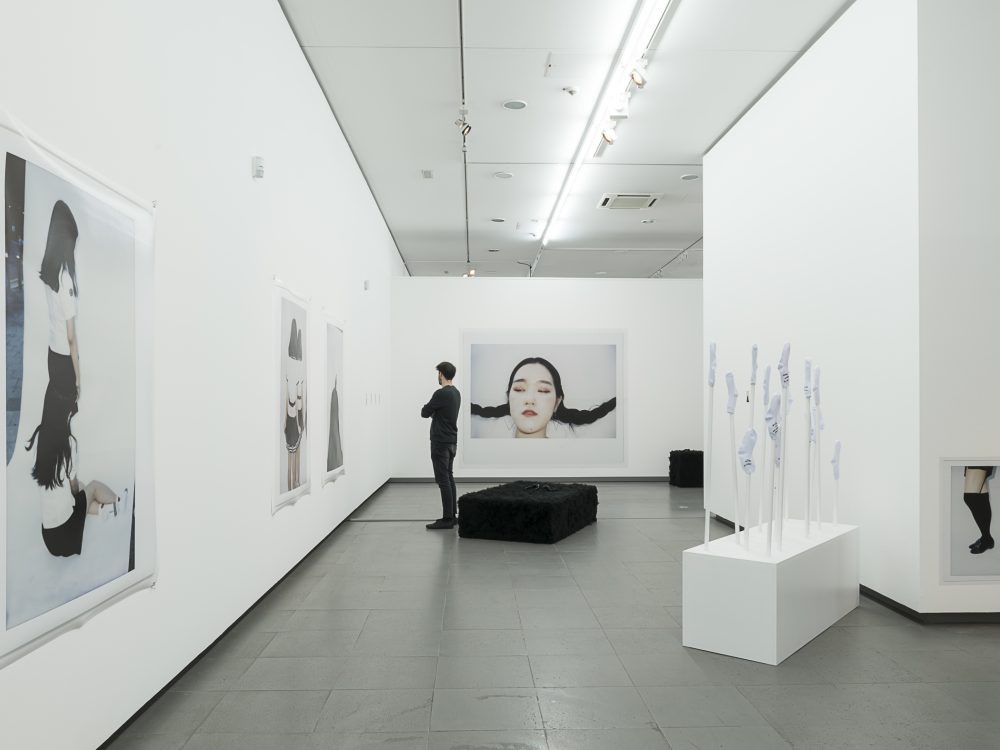
Ausstellungsansicht gute aussichten 2019/2020 © NRW-Forum Düsseldorf / Foto: Katja Illner
Altogether "gute aussichten - junge deutsche fotografie // new german photography 2019/2020" & "GA GRANT III" presents over 260 motifs, 11 videos, 7 publications, 6 posters, 4 objects and 1 sound work. After the opening exhibition in the NRW-Forum Düsseldorf, the selected artists will be presented in further exhibitions and actions nationally and internationally.
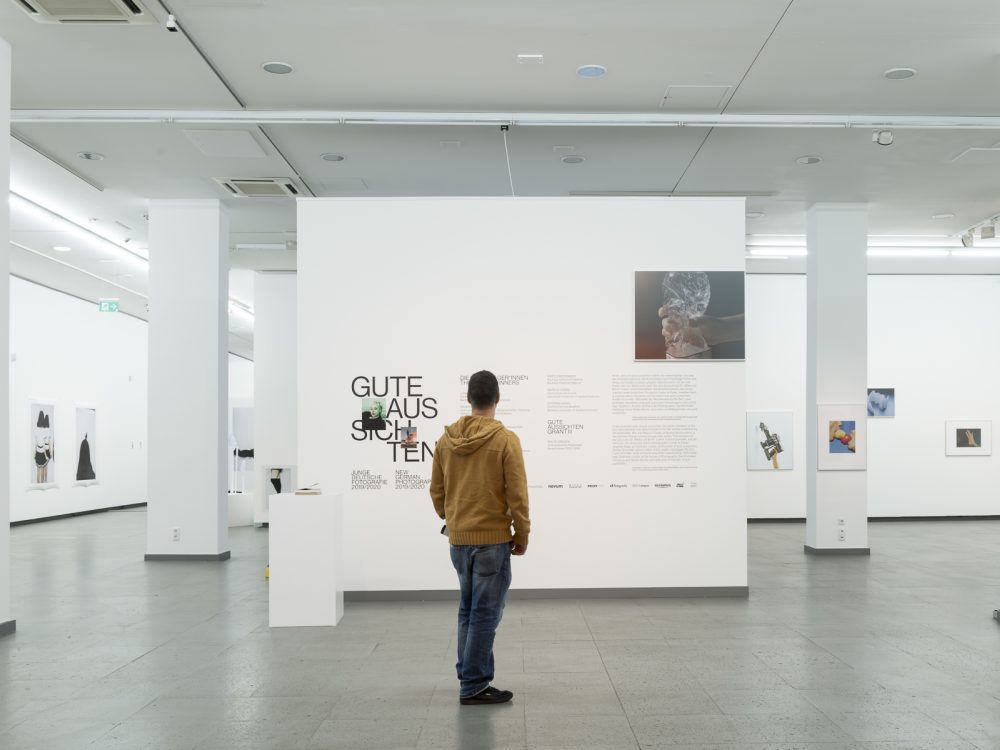
Gute Aussichten 19 20 Nrwforum 103837
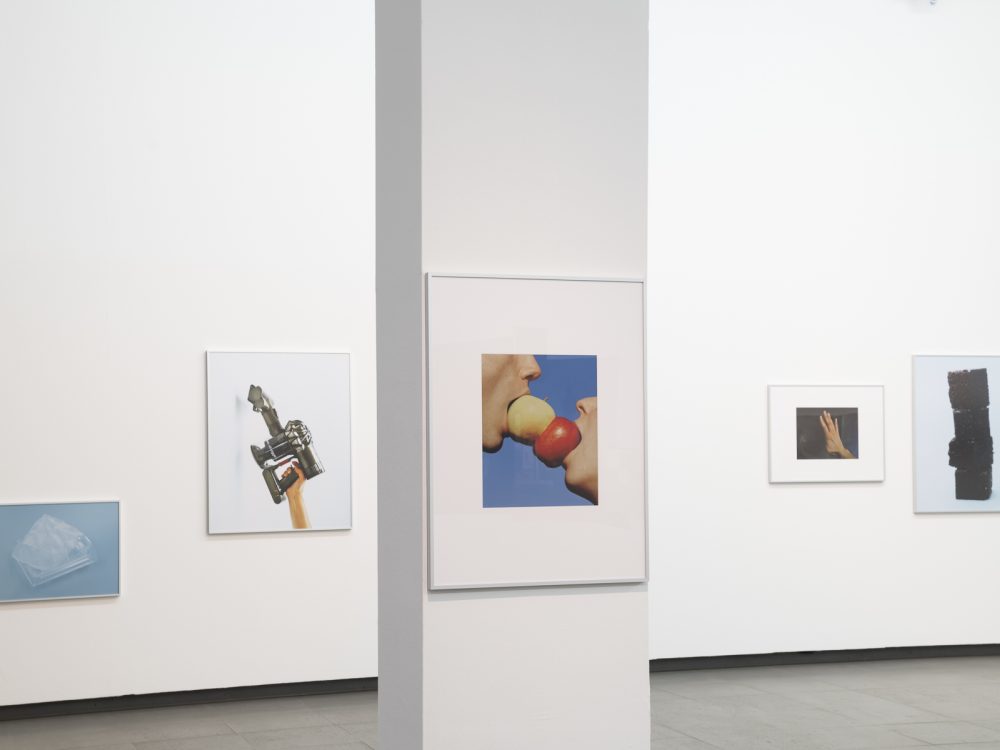
Gute Aussichten 19 20 Nrwforum 172444
Topics and award winners 2019/2020
How high do we estimate the truth content of photographs and information? What news, channels, print media, stations do we believe and listen to? However we assess and answer these questions for ourselves, the fact that we (increasingly) need to ask them points to the inflationary tendencies in the global trade of information and knowledge. Fake news, fake identities are already a truism. The business with information is nothing new in itself - but it is worrying how easily manipulations can succeed and how rapidly entire nations are infected by them. Global digitality ensures viral spread within seconds. Messages cannot be classified as true or untrue as quickly as they go around the globe. Truth or lies hardly seem to play a role any more in a postfactual age. So it's no wonder that the gute aussichten prizewinners 2019/2020 are representatives of a generation of "digital natives" who are making the visual culture of their time a theme. Without the jury having searched for or specified the theme, "Krieg und Frieden in Zeiten globaler Desinformation" was as the red thread linking the works of the current prizewinners.
Lukas van Bentum
So close and yet so distant: Lukas van Bentum’s Identity Negotiation investigates the connections between traditional views of history, current state doctrine, and the identity of his own generation in the city of Kaliningrad, the former Prussian Königsberg that is now a Russian exclave.
Ricarda Fallenbacher
With technical aids and artistically scientistic methods, Ricarda Fallenbach aims to outsmart the “objective lens” and bridge the natural distance between the photographer and her subject. The surprising result of this is An Image of Us—Viewed Objectively, a series of objective portraits with a subjective character.
Lisa Hoffmann
In Atlas of Essence Lisa Hoffmann juxtaposes and layers countless photographs of catastrophes, wars, and political conflicts to create new perspectives. She thus confronts the singular key image used in the media with a score of visual tones that are reminiscent of battle paintings of the nineteenth century – images that, beyond their aesthetic appeal, leave more questions unanswered than they actually answer.
Juliane Jaschnow
Between reenactment and icon, stage set and original: Juliane Jaschnow’s video installation Recapitulation, an associative layering of various image and sound elements, focuses the viewer’s attention on the collective construction of memory and its ability to form identity.
Johannes Kuczera
Paradise lost: Johannes Kuczera’s Distributor humorously and ironically challenges the power of images, and that of their distributors and exploiters in industry, art, media, and advertising who create a canon of universal images using “symbolic images.”
Larissa Rosa Lackner
Contemporary witnesses, archival material, a specific place, photographs, and found objects narrate the mysterious story of Heide and her life in the GDR. The individual and society, and truth and fiction intersect in Larissa Rosa Lackner’s photographic narrative. We are left with the question of who Heide actually is.
Marco Mehringer
The reverse of the war medal: Marco Mehringer offers a conceptual, photographic alternative to the images of mass media in his work The Sniper Light of Sarajevo. By taking photographic shots of bullet holes from both sides, Mehringer makes it both visible and tangible that war
is about killing.
Markus Seibel
This happens every day: since 2012 Markus Seibel
has been following refugees from close up in Europe’s Fall, showing the effort, risk, failure, and success of refugees to reach “Fortress Europe.” Images, videos, sounds, and statistics are condensed into a unique form of photographic activism.
Victoria Vogel
Fun that reeks of innocence and sex appeal: Victoria Vogel’s The
Slight Myth pokes at an East Asian iconic image and exposes the myth of schoolgirls in their seductive uniforms who promise the unspoiled lightness of adolescence.
Malte Sänger, gute aussichten GRANT III
Big brother is watching you: Malte Sänger’s DAEMON focuses on the intangible and invisible forces that control our digital devices. With technical aids Sänger slips into the role of the DAEMON to trace the condition and the feeling of being permanently monitored
and observed.
About "gute aussichten"
Since 2004, the founders of gute aussichten, Josefine Raab and Stefan Becht, have been inviting professors from all German universities and academies with a degree in photography to submit theses by up to five of their graduates. The jury included internationally renowned photographers and artists such as Andreas Gursky, Juergen Teller, Annelies Štrba, Norbert Bisky, Ulrich Seidl, Thomas Ruff, Thomas Struth, Paul Graham, Herlinde Koelbl, Ulrich Seidl, Elger Esser, Thomas Demand, Hans-Christian Schink and Boris Becker.
This year the jury consisted of: Josefine Raab, the initiator of gute aussichten, art historian and curator (Neustadt/W.), Dr. Wibke von Bonin, art historian and cultural journalist (Cologne), Luise Schröder, artist, photographer and good prospects award winner 2011/2012 (Paris, Potsdam), head of photography at ZEIT Amélie Schneider (Hamburg), Stefan Becht, journalist and co-founder of gute aussichten, and Ingo Taubhorn, curator at the Haus der Photographie, Deichtorhallen Hamburg. The artistic position on the jury this year was held by the Dutch photographer and artist Louise te Poele. She belongs to a new, digitally and internationally active generation of female photographers who make use of all media and technical means to create their own independent and fascinating images.
In Cooperation with

project Partners
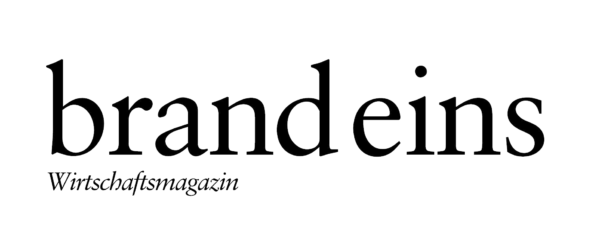

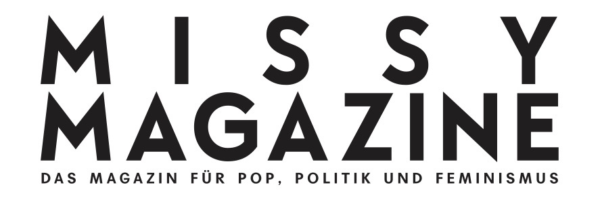
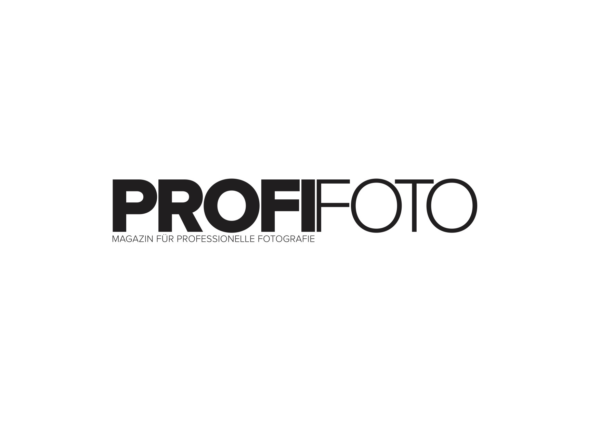



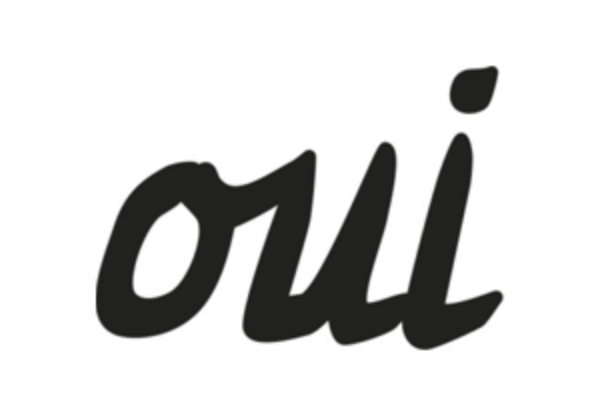
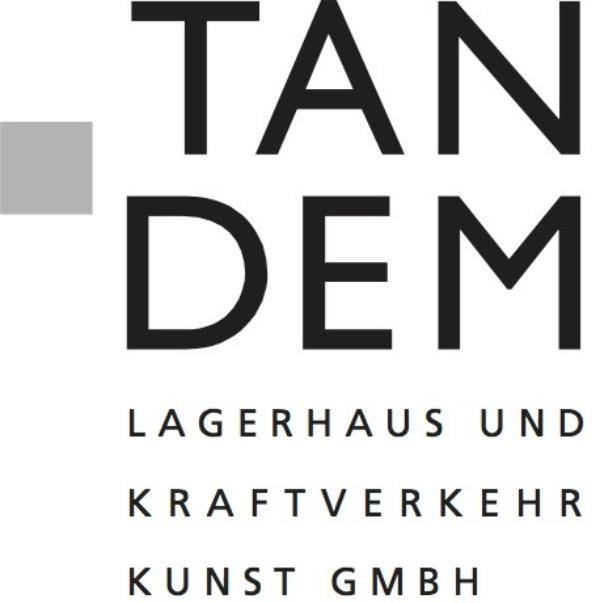
Partners


